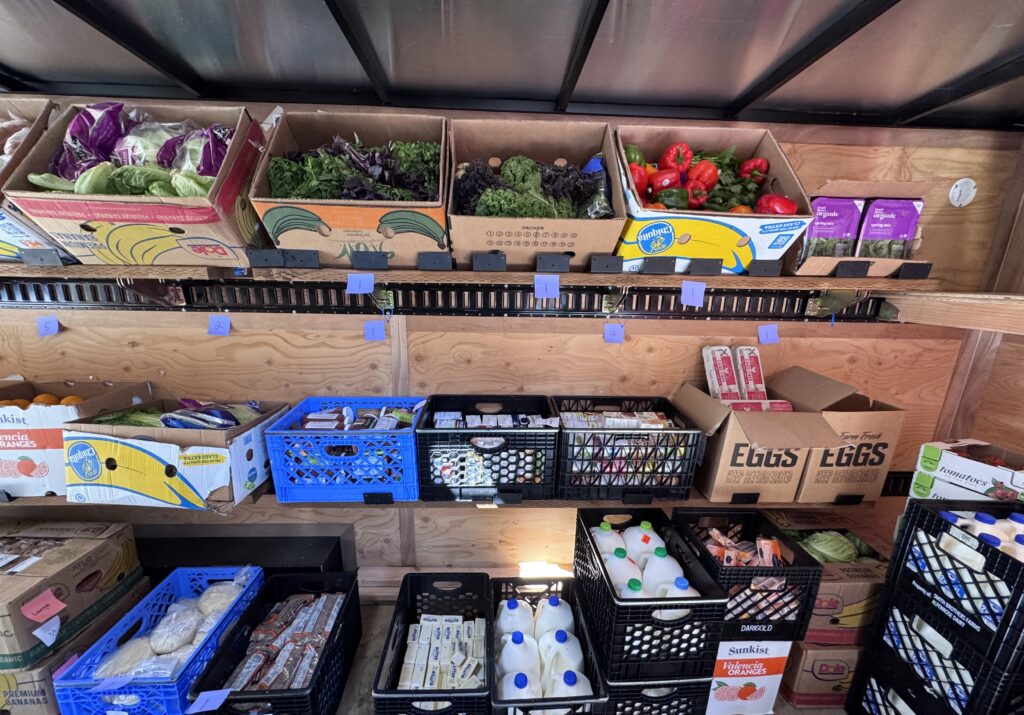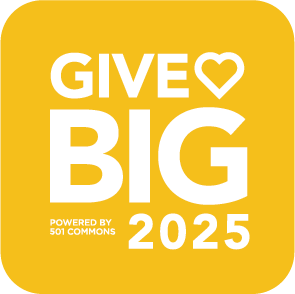By: Lester Almanza, Senior Programs Manager

When I first learned about the Edmonds Food Bank as a new migrant to the United States, I had a completely different concept of what a food bank was and its primary purpose. My idea of a food bank was that of a place to go and receive canned food when you didn’t have anything to eat; that was it.
Now, three years later, I understand the issue somewhat better, although it remains complex and multifaceted. Three years later, I realize that food banks are not only in our community to distribute canned food, but also to address the larger issues that may lead households and individuals to experience food insecurity.
One of those layers is “nutrition”. There is ample research that highlights the importance of not only consuming enough calories daily but also ensuring that the items we eat have high nutritional content. The long-term health and well-being of households and individuals are crucial factors to consider when examining the layers of food insecurity. Poor nutrition leads to poorer health outcomes, which is why, as a humanitarian organization we recognize the issue, and are prioritizing the items that help individuals improve their health. When we move beyond just addressing hunger and start to promote healthy eating, that is when we begin to address and start peeling back the layers of food insecurity.
The USDA and HER (Healthy Eating Research) are two primary sources that food banks generally use as a guide to address nutrition issues. Nutrition policies that emphasize healthy and nutritious items are encouraged. Through these guidelines, we have established a list of items that are considered nutritionally dense and healthy, aligning with our nutrition policy and goals. Our weekly menus reflect our commitment to nutrition by selecting items each week that fall within the categories of high nutritional content, including frozen protein (Poultry, Beef, Fish, and Vegetarian proteins), fresh fruits and vegetables, low-fat dairy, and whole grains. As a core principle, we strive to make the menu, whenever possible, consist of 50% fruits and vegetables, 25% or more whole-grain items, 15% frozen protein, 10% low-fat dairy items, and only 10% of items that we should limit.

As part of our commitment to this goal, items at the food bank will begin to be labeled with three color codes: green, yellow, and red. Items with high nutritional value would be considered green, medium nutritional value would be represented by yellow, and low dietary value would be indicated by red. The way items are coded will depend on the content of sugar, fat, and sodium percentages each item contains. With this method we will add an educational component for our entire community.
As we move towards a new building in the near future, this goal will be expanded to allow us to share the knowledge with our customers through community workshops and by partnering with organizations that can provide resources to the community.
To learn more about our food program visit: www.edmondsfoodbank.org/get-food .


